DESIBUZZCanada
Events Listings
Dummy Post
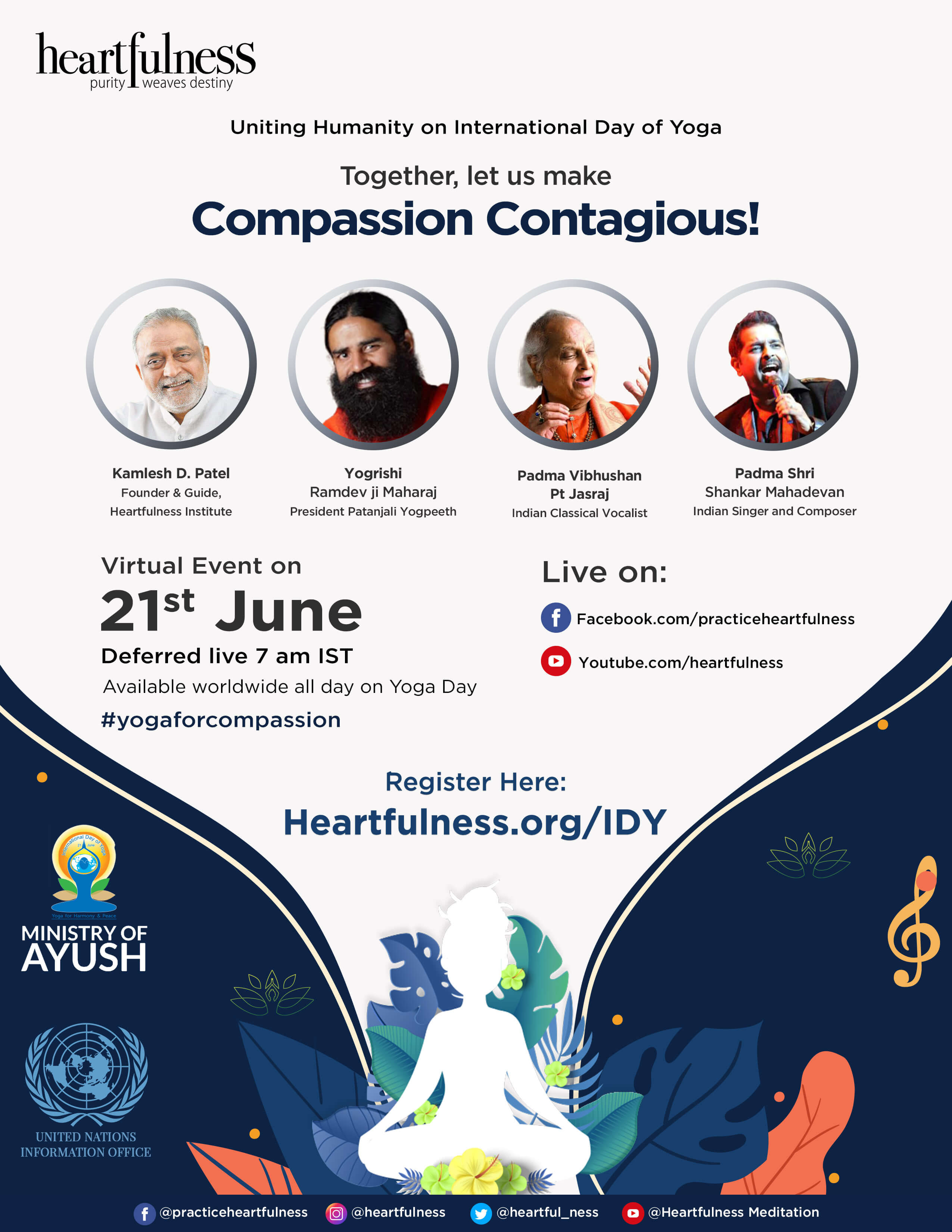
International Day Of Yoga To Be Virtually Celebrated Saturday At 4pm

CANCELLED: Coronavirus Fears Kills Surrey’s Vaisakhi Day Parade

ADVERTISE WITH US: DESIBUZZCanada Is The Most Read South Asian Publication Online

SURREY LIBRARIES: Get Technology Help At Surrey Libraries
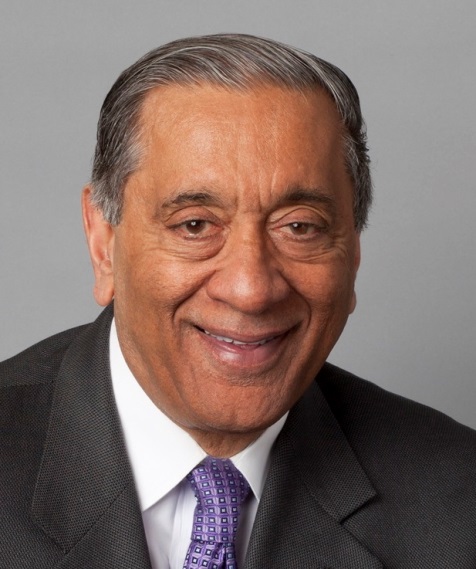
WALLY OPPAL: Surrey Police Transition Update On Feb. 26
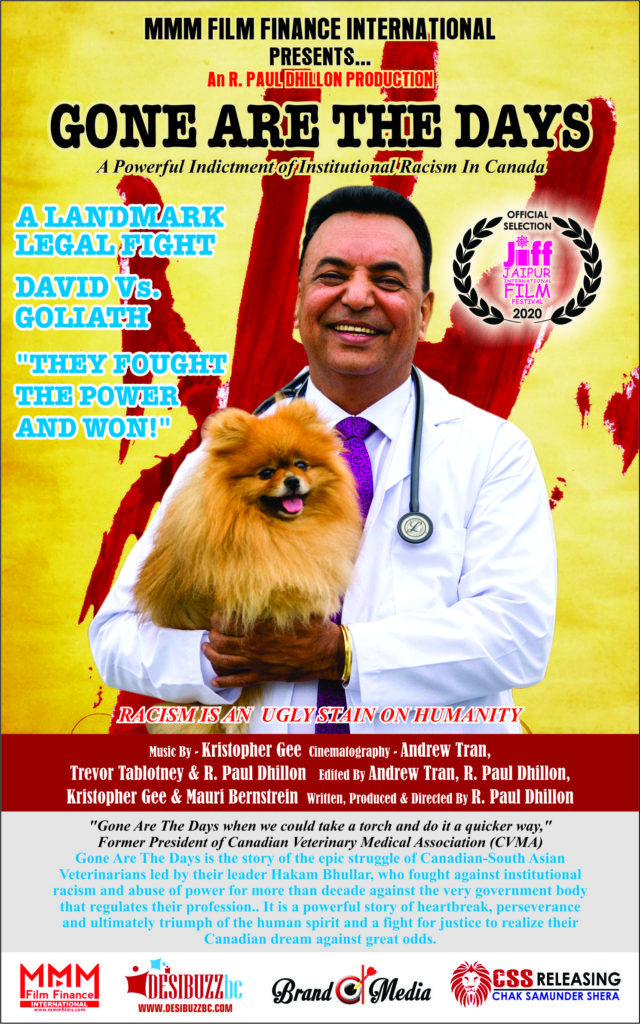
GONE ARE THE DAYS - Feature Documentary Trailer
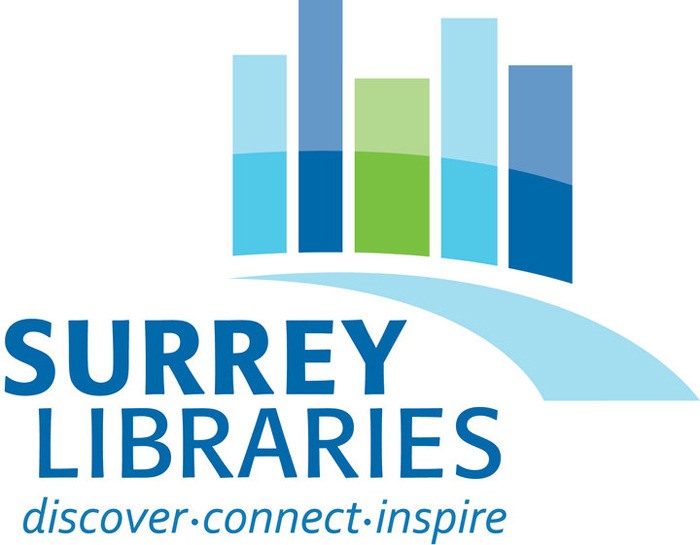
Technology Help At Surrey Libraries
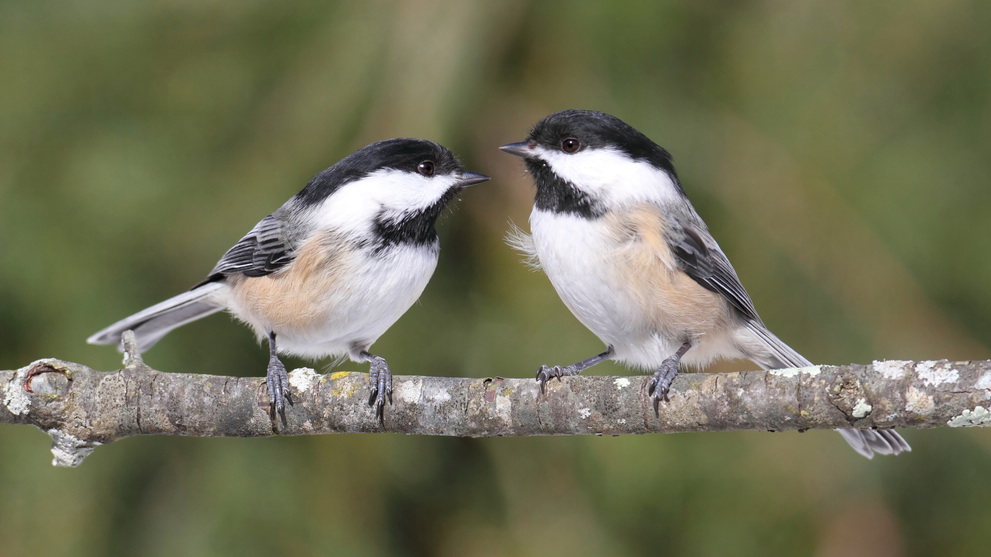
Birding Walks

Plea Poetry/short Story : Youth Contest
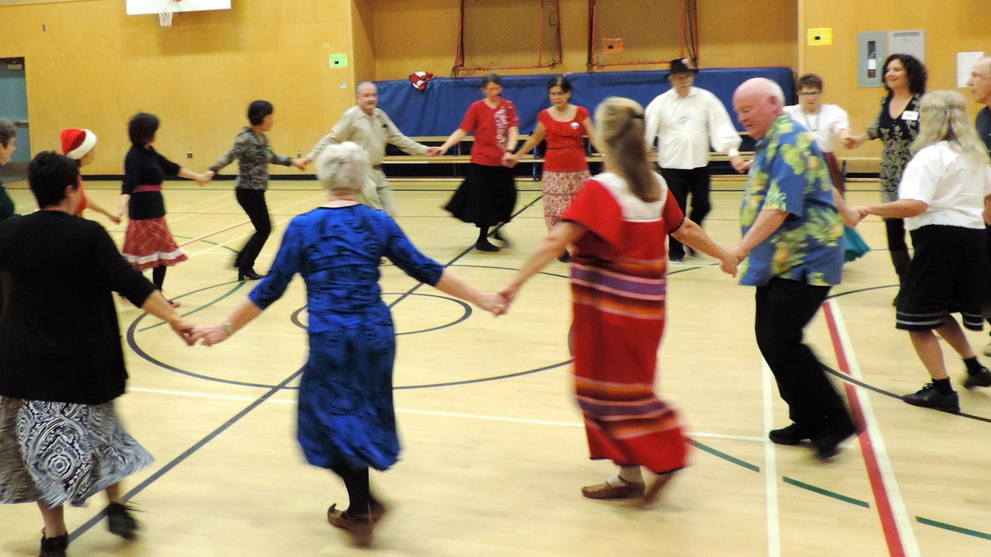
International Folk Dancing Drop-in Sessions
Punjabi Is Important To Our Community And PLEA Is Making It An Issue In The BC Election
- October 8, 2024

By Balwant Sanghera
British Columbia's election is in full swing. The three main political parties- NDP, Conservative and Green are very active in presenting their respective programs and policies to the electorate. On behalf of Punjabi Language Education Association (PLEA), I would like to bring to the attention of these parties, their candidates and their leaders some issues relating to Punjabi language in this province. Currently in B.C., close to 2 million Punjabi speakers call Canada their home. Punjabi language is now the third most spoken language both in Canada, in cities like Brampton, Edmonton, Calgary and Metro Vancouver. Punjabi was recognized as one of several second languages to be available in BC's public schools. As things stand now, students in B.C.'s public schools are required to take one of six recognized second languages from grades 5 to 8. It is optional from grades 9 to 12. Punjabi is one of these recognized languages.

PLEA would like to request that the second language requirement for our students should be changed from the existing requirement of grades 5 to 8 as compulsory requirement to grades 4 to 7 as compulsory and grades 8 to 12 as optional. For Middle schools, it should be compulsory from grades 6 to 8 and optional from grades 9 to 12. Our reason for this is that in our current school system there is a natural break from Primary to Intermediate grades- Kindergarten to grade to 3 being Primary and grades 4 to 7 being Intermediate. As such, it should be made compulsory from grades 4 to 7 and optional from grades 8 to 12.. However, for the Middle Schools, it will make sense to have it compulsory from grades 6 to 8 and optional from grades 9 to 12.
Furthermore, PLEA requests that as Punjabi is the third most spoken language, the provincial government and the local school districts should have appropriate messaging and information available to parents about the availability of Punjabi as second language in our public schools. Also, the province should ask the post secondary institutions to include teaching of Punjabi as a second language in B.C.'s public schools as part of the teacher training programs in their universities. In addition to that, the school districts and the province should assist with professional development opportunities for teachers of Punjabi language. In certain schools/school districts, it may be difficult to have enough students or qualified teachers. As such, providing online Punjabi classes throughout the province should be given careful consideration and support.

In some of the Metro Vancouver schools/ school districts where there is a large number of students who may be interested in taking Punjabi, the process of determining their interests should start early in the calendar year so that the schools/School Districts get enough time to hire teachers, provide classrooms and other support structure to ensure the success of the Punjabi classes. At the secondary school level, it should be included at the time of course selection early in the new year that Punjabi is available as an option from grade 9 onwards.
Incidentally, Punjabi is the tenth most spoken language in the world with more than 150 million speakers worldwide. In Canada and many other countries, it has now become an asset in employment opportunities. PLEA urges all political parties to give serious consideration to these recommendations.
Balwant Sanghera is the President, Punjabi Language Education Association (PLEA Canada).

















